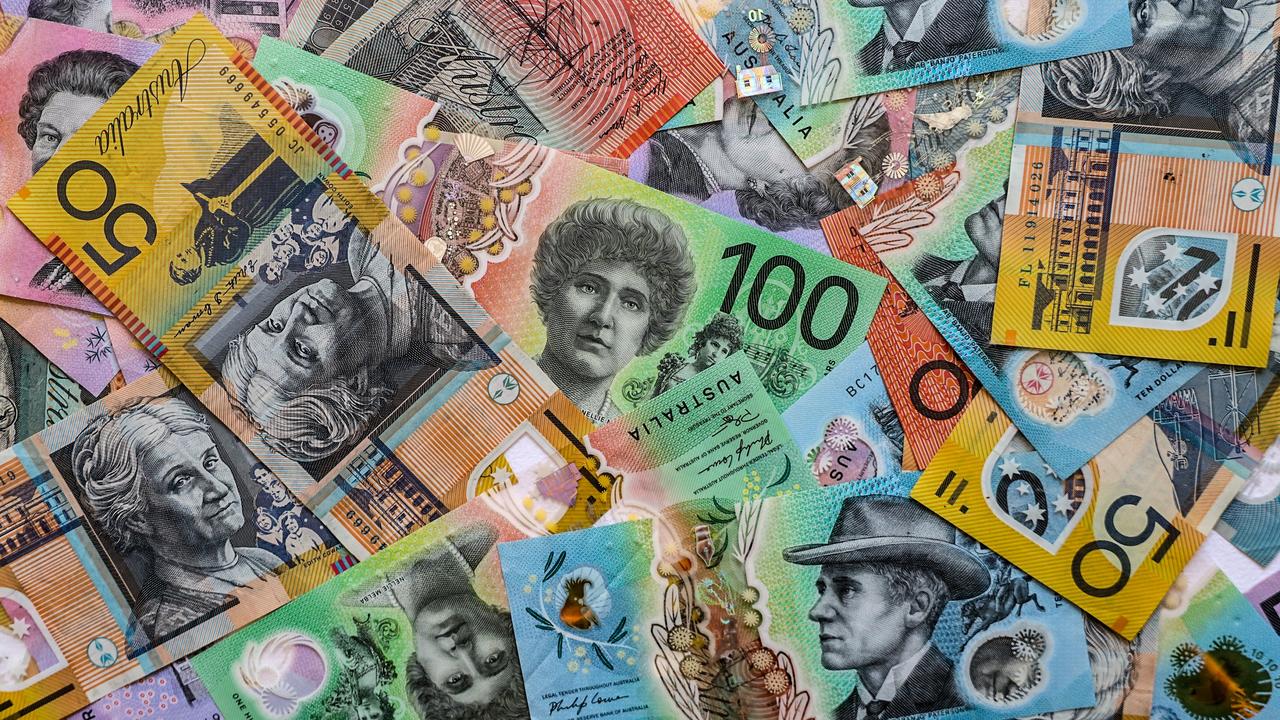Most of the Australians negatively impacted by Anthony Albanese’s tax cut backflip aren’t ‘rich’, expert claims
It’s been claimed that the Australians dudded by the Prime Minister’s tax cut backflip are “rich”, but that may not be true.

Australians who will miss out on generous tax cuts aren’t mostly wealthy company bosses or bankers, but ordinary hardworking tradies and small business owners, one economic commentator argues.
Prime Minister Anthony Albanese today confirmed the government will water down Stage 3 tax cuts, taking money from those on higher incomes to give it to those struggling.
The legislated reforms were due to take effect from July 1 and the PM and Treasurer Jim Chalmers have for months repeatedly insisted there would be no changes.
That is no longer the case. Mr Albanese will reveal full details of his revised package on Thursday but news.com.au modelling has revealed what the new savings are likely to be.
“What the government is doing is punishing people and implying they’re rich, and so it doesn’t matter, when that’s not true at all,” Australian Taxpayers’ Alliance president Brian Marlow said.
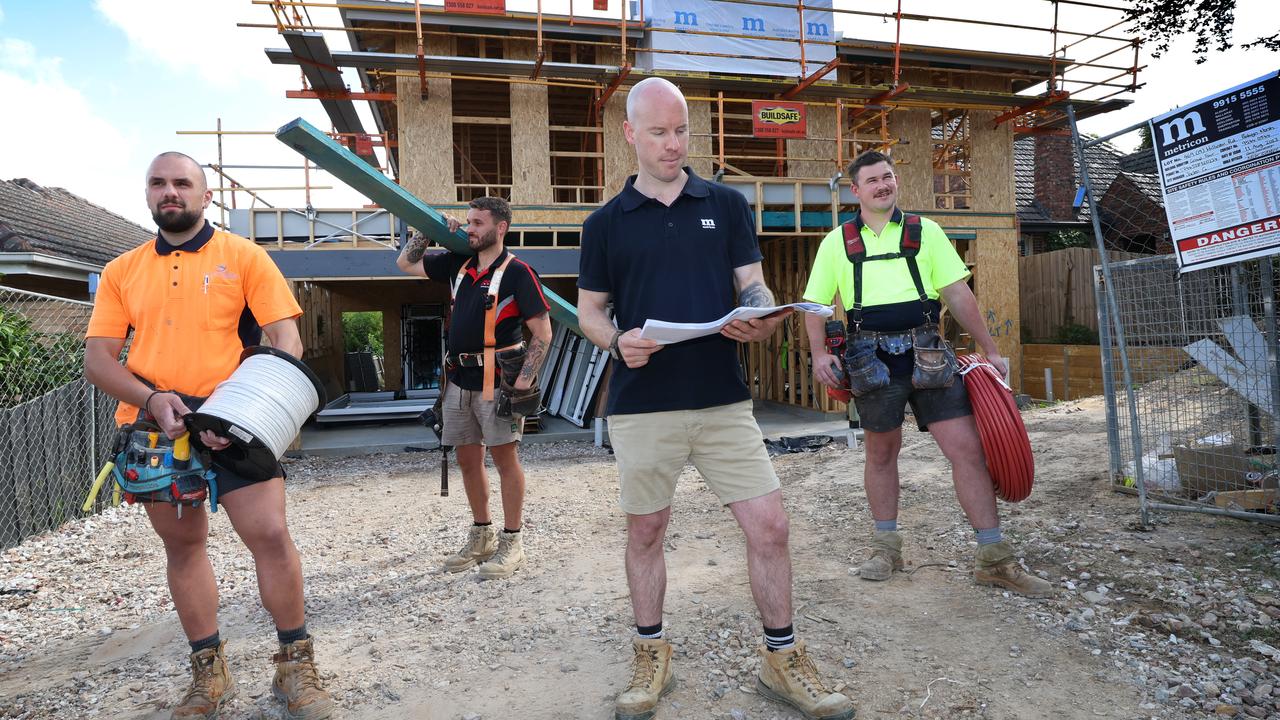
The backflip means those on $150,000 a year or more will be the big losers, as they will be getting a much smaller tax cut than promised.
“We aren’t talking about the CEO of Macquarie Bank here,” Mr Marlow said.
“We are literally talking about a moderately successful tradie in Western Sydney who pays himself a wage out of his business.
“It’s not 2010 where $180,000 is a lot of big boy money. It’s not like that anymore.”
Taxed like you’re rich
One of the features of Stage 3 was helping to alleviate a phenomenon known as “bracket creep”, which is when inflation pushes incomes into higher tax brackets, even with no change in the real value of those incomes.
“Bracket creep means you actually end up with middle-income earners in the higher tax brackets, paying higher marginal tax rates, purely through rapid inflation and wage growth,” Mr Marlow said.
Analysis by the Australian Taxpayers’ Alliance indicates bracket creep generates about $10 billion annually in tax revenue, he added.
And bracket creep is only projected to get much worse.
At the moment, an estimated 700,000 workers fall into the highest tax bracket – 45 per cent – which has tripled since the threshold was last adjusted to $181,000 in 2009.
That’s a whole lot more people paying extra tax when they shouldn’t, according to Mr Marlow.
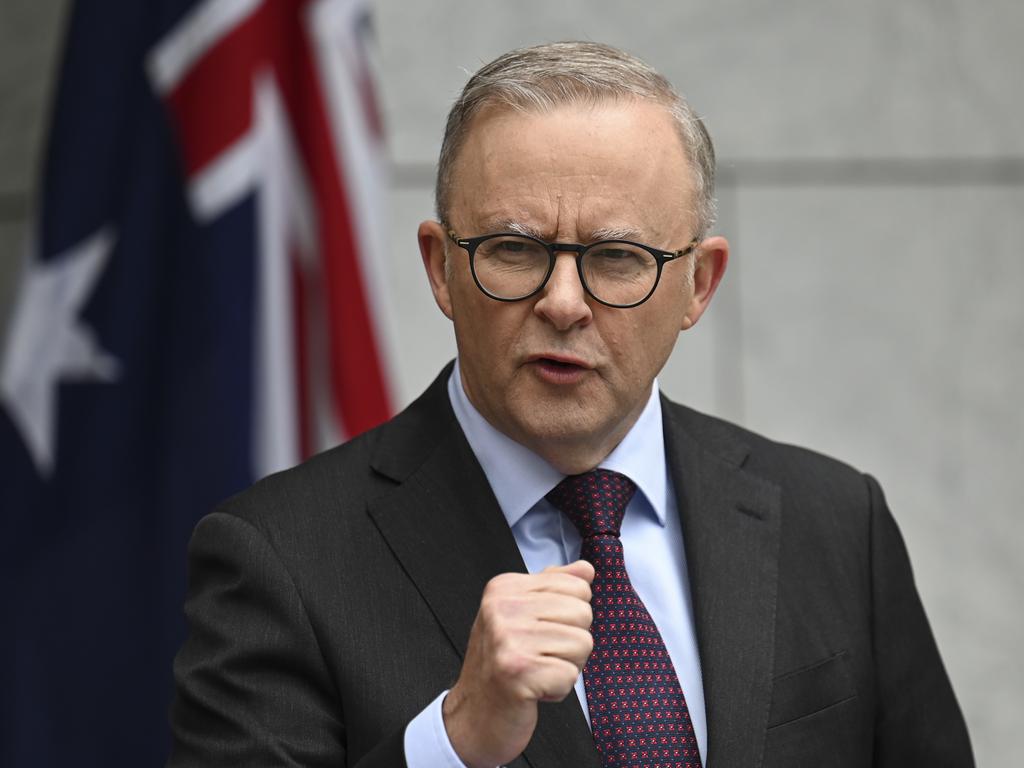
“Australia’s top marginal tax rate already kicks in at a much lower amount than most of the Western world,” he said.
“For instance, Canada’s top tax rate is $270,000 and in the UK it’s $240,000. In France, it’s almost $300,000 while the USA is a bit different at almost $1 million.”
In Australia meanwhile, tradies, small business owners and working professionals can be pushed into the highest tax brackets as a result.
“These are hardworking people, not just numbers on a spreadsheet that you get to label as ‘the big end of town’,” Mr Marlow said.
And he said they will now miss out on a break when they can least afford to.
“We’re living in a time when most people have just suffered through a whole heap of interest rate rises,” he said. “The cost of living is going through the roof, the cost of your daily goods is going through the roof.
“Wages have actually probably gone backwards, depending on how you model it, but at the very least have not adjusted.”
Over the past few years, red-hot inflation has sparked a cost-of-living crisis and millions of Australian families have struggled to afford essentials.
By the start of 2023, the consumer price index – a measure of the price of a fixed basket of goods and services – was running at 7.8 per cent, which is blisteringly high.
To put that into perspective, the Reserve Bank’s target for inflation is between two and three per cent.
The last time inflation was that high in Australia was at the start of the 1990s when the country was plunged into recession.
What is rich?
Based on the latest available data, the average annual salary in Australia is about $69,800, factoring in all workers – full-time, part-time and casual.
Those living in Canberra have the highest yearly pay packet of $104,900, followed closely by Western Australia on $103,000. Tasmanians have the smallest on $82,400.
The average annual salary in New South Wales is $94,130 while in Victoria it’s $92,200, in Queensland it’s $91,550, in South Australia it’s $86,200, and in the Northern Territory it’s $90,600.
Of course, there are vastly different costs associated with where someone lives, and whether that wage feels high or low.
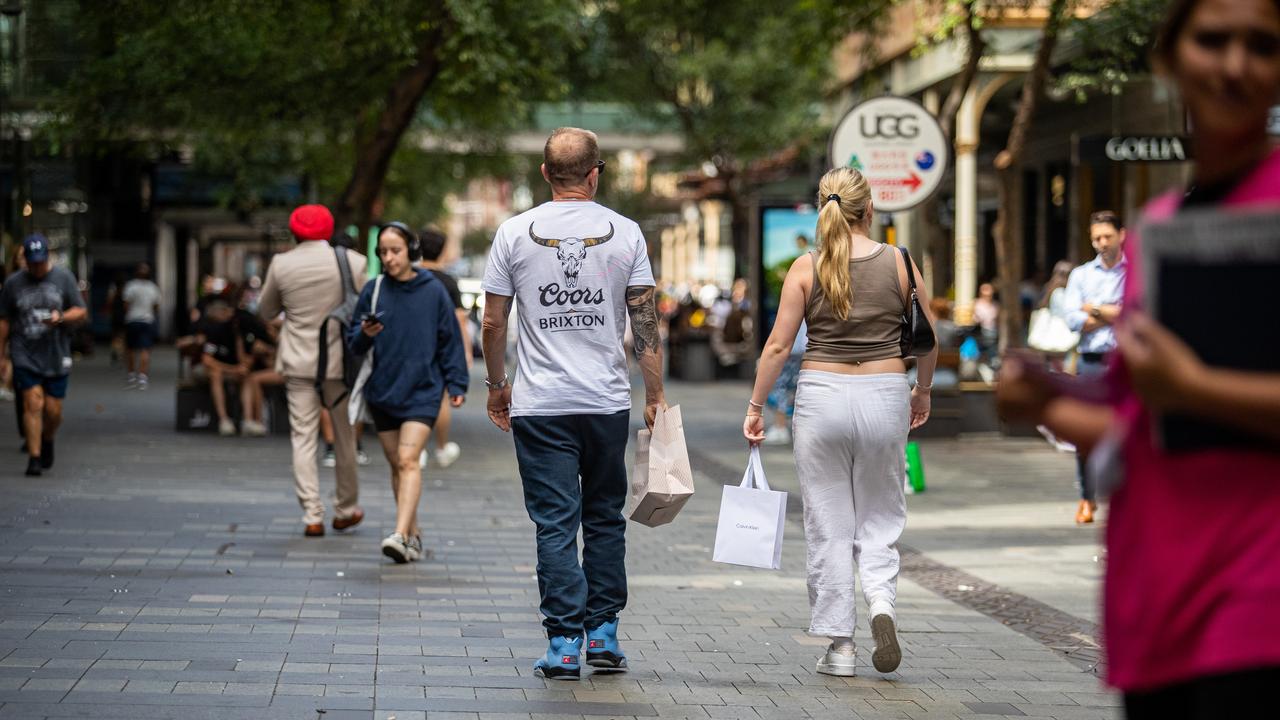
Late last year, some 50,000 people participated in news.com.au’s Great Aussie Debate, sharing their thoughts on everything from work to society and politics.
One of the questions was what salary someone needs to earn to be considered rich these days. The survey found most people think you’d need to earn over $250,000.
More than 55 per cent of the people surveyed chose this option, with 19.6 per cent nominating an income between $200,000 and $250,000.
Sarah Megginson, money expert at financial comparison website finder.com.au, said being “rich” in the current economic climate is a very tough ask.
“The amount of money you need to earn in order to pay your bills and live comfortably is really different to the amount you need to feel rich,” Ms Megginson said.
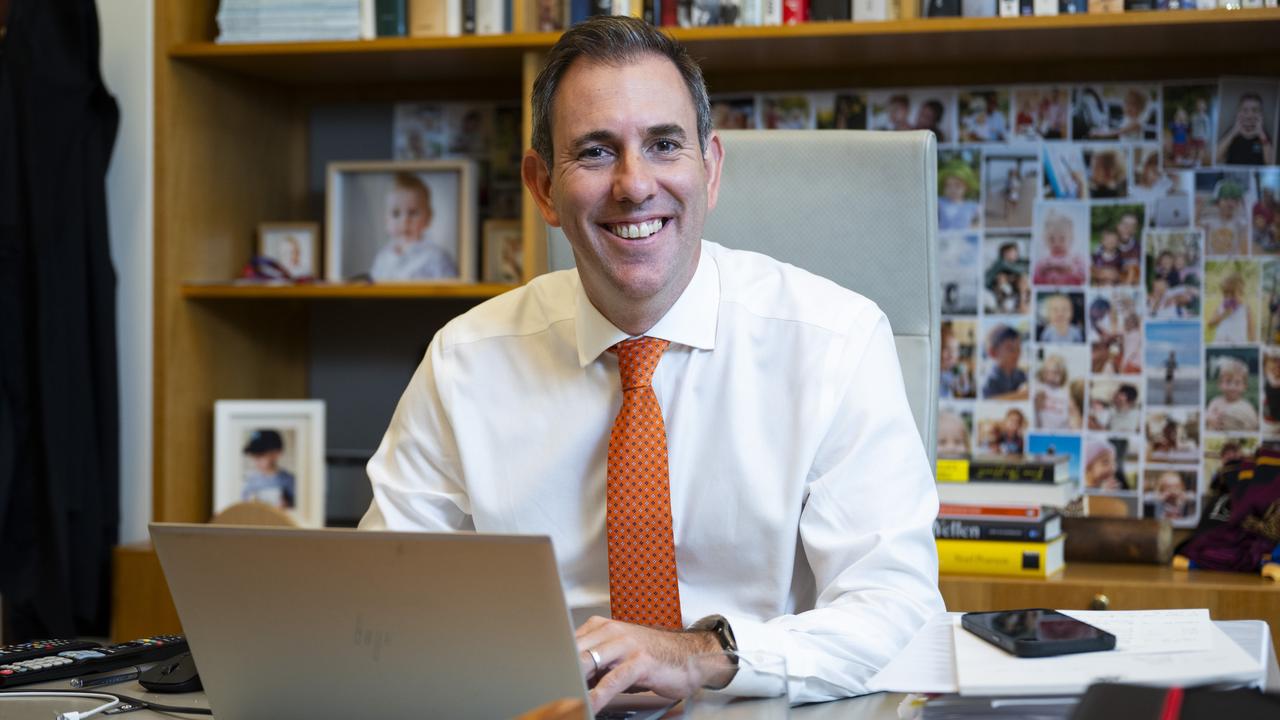
“The baseline test is different for everyone, but basically if you add up all of your everyday expenses and bills, then add a buffer of 10 to 20 per cent – then that’s the wage you need to earn to be comfortable and not suffer in the current economy.”
Finder.com.au also probed its members on what salary makes someone rich and found the magic figure is $345,819.
It found Millennials, who typically earn less, said they would need a staggering $418,000 per year to feel affluent.
Generation X, likely battling high mortgage repayments and family costs but earning more money already, said they’d need $307,000 per year.

Baby Boomers, many of whom tend to be financially secure with a mortgage-free home, solid superannuation balances and other investments, believed they would need $273,000 per year to feel rich.
David Rankin, an award-winning personal finance consultant, author and the director of Sort My Money, said the notion of a ‘high salary’ has shifted dramatically in recent years.
More Coverage
“A salary of $100,000 or more used to be considered an achievement, but it’s now more of a need than a want for many people,” Mr Rankin said.
“Although wages have been growing at their fastest rate since the noughties, inflation means that our disposable incomes are actually shrinking.
“In the race between inflation and wages – so far, at least – inflation is winning.”




